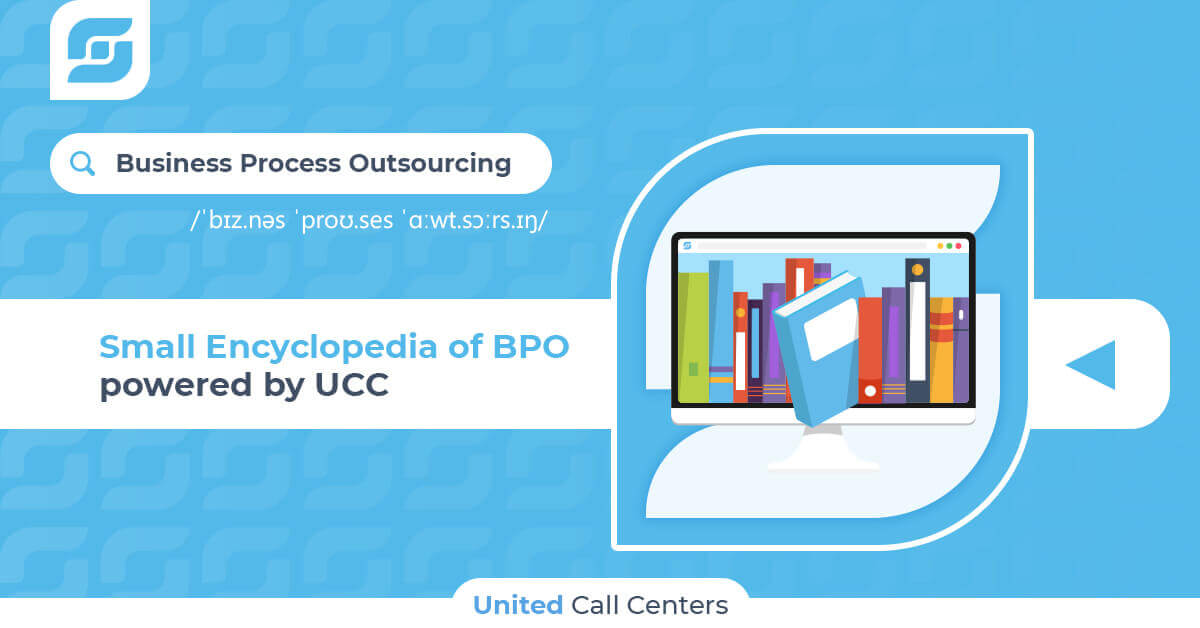Many of you may remember the scene of Monty Python’s Flying Circus series, where the RAF pilots, who use particularly ineloquent language, end up not understanding each other's jargon. As we like to make life easier both for our colleagues and partners in this glossary we translate terms and definitions that come up from time to time in our day-to-day work into let’s say everyday language. We hope this content will be useful for those who work in this industry and those who may want to outsource their customer service tasks.
Of course, we do not claim to know everything in the world, so we have not necessarily gone into great detail on concepts that are not directly related to customer service, but which are important for understanding the background to the services, such as IT, because in some cases a university thesis would not be enough. Nevertheless, we are confident that we have succeeded in collecting useful information for everyone in the SSC Encyclopedia.
ABR
- Average Billable Rate. The ratio of gross revenue to total hours worked.
account manager
- In a customer service environment employees in senior management, whose tasks are coordinating division managers, campaign coordinators/supervisors, and middle managers in general.
agent profile-based call routing
- A configuration interface used in contact centre systems that routes incoming calls to the best specialist in the field, depending on availability, where possible, for example, in the case of a contract, to an operator who is experienced in sales.
AHT
- Average Handle Time. The average time is taken to complete a customer call transaction, from the time the customer initiates the call to the time the call is completed, includes all hold time, transfers, and post-call work.
AI
- Artificial intelligence is the simulation of human intelligence processes by machines, especially computer systems. Specific applications include expert systems, natural language processing, speech recognition, and machine vision.
- (Machine vision is a generic term for procedures and systems that are used to trigger some kind of machine interpretation, control, or regulation mechanism after or in response to image-based data collection and evaluation.)
API
- Application Programming Interface or API is the documentation of a program or system program's procedures, features, and usage that can be used by other programs. A public API makes it possible to use the services of a program system without having to know its inner workings.
at-home model
- An international work-from-home system based on native-speaking operators, which enables contact center staff to work remotely, with all privacy and quality requirements met, to deliver the highest possible customer experience.
BI
- Business Intelligence. All applications, practices, and tools that enable the information needed to improve business operations to be obtained from all possible sources and used as widely as possible. Examples include data mining, data visualization, and, in general, all data-related tools and infrastructure, as well as business analytics to optimise internal processes, improve business efficiency, generate new revenue streams, gain market advantage and identify industry trends.
BI-based reporting
- An online system for business intelligence-based, real-time reporting, and data visualization. One such tool is Power BI, developed by Microsoft.
BC / DR
- Business Continuity and Disaster Recovery. BC/DR planning is an exercise that prepares a business to minimize the impact of events that critically affect service. The term covers two different elements. Business continuity (BC) focuses on the operations side of the business. It involves planning and establishing policies and procedures to ensure that essential business functions and processes are available during and after a disaster. BC may include staff replacement, service availability issues, business impact analysis, and change management.
- Disaster Recovery (DR): DR focuses primarily on the IT side of BC/DR. It defines how an organization's IT department can recover from a natural or man-made disaster. Processes within this phase may include server and network recovery, backup, and provisioning of backup systems. Planning for BC/DR is key to protecting our customers' data and our company's reputation. It limits the time lost from service, speeds up its recovery and availability.
BCM
- Business Continuity Management. A set of capabilities and strategies that enable a company to continue to make products or provide services at predetermined, acceptable levels following a crisis or damaging event.
BCP
- Business Continuity Planning. The process of establishing a system to prevent and recover from potential threats to a business. The plan ensures that personnel and assets are protected and can operate quickly in the event of a disaster.
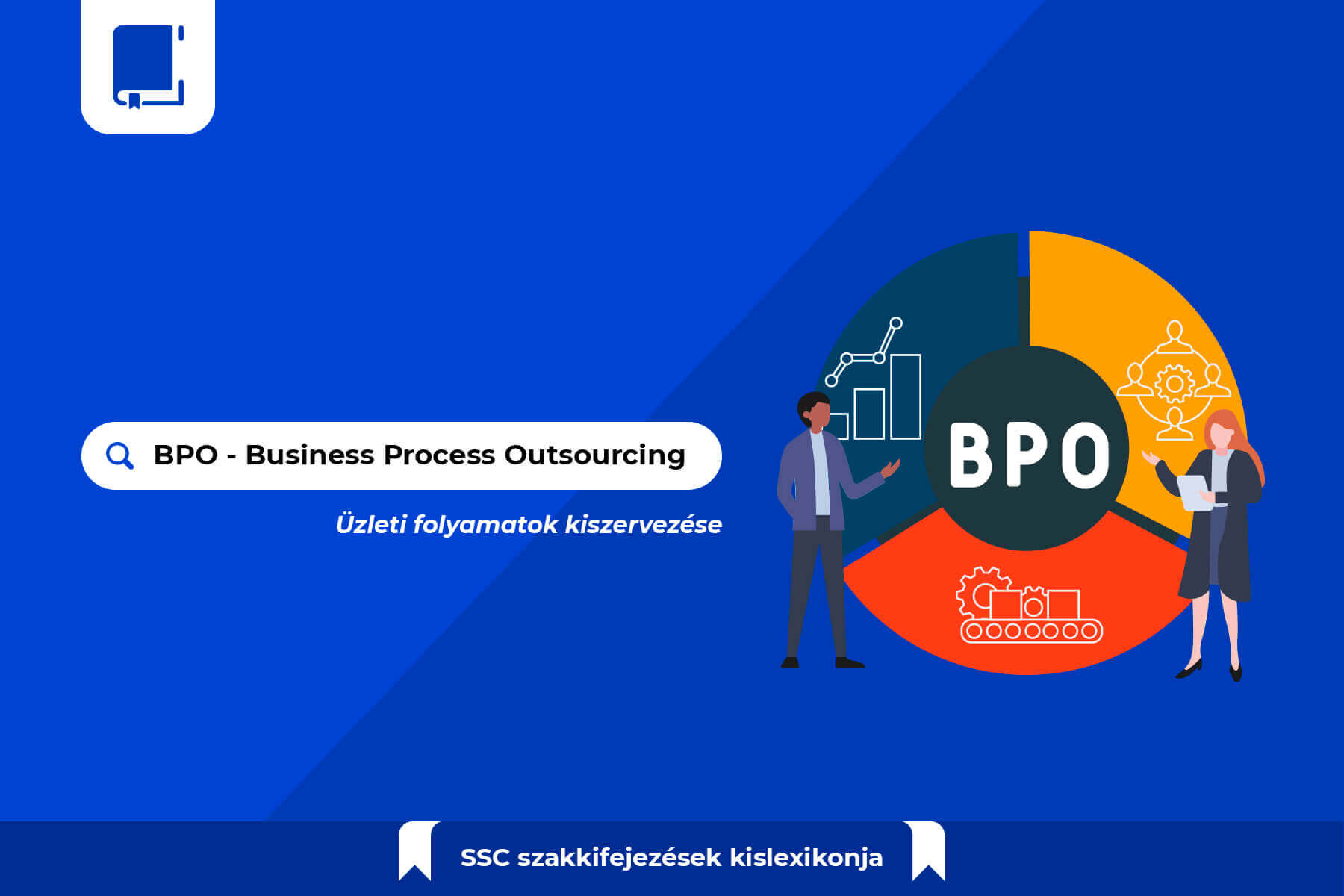
BPO
- Business Process Outsourcing. In the business services sector, it refers to, among other things, a type of collaboration where a company outsources its customer service functions to another specialized company, for example, to rationalize resources. Contact center staff communicate with customers both orally and in writing on behalf of the client in a wide variety of areas, from simple food orders to health services and opinion polls.
brick and mortar
- Traditional office environment.
call center
- Telephone customer service in the traditional sense.
campaign
- In a marketing environment, a system of communication activities is carried out over a certain period of time for a specific purpose. In the customer service industry, it usually refers to a project, which can be either a long-term collaboration, such as running a contact centre for food ordering, or a seasonal, fixed-term one, typically telesales-focused engagements, which may be aimed at generating sales or leads, but also includes opinion polls.
campaign coordinator
- Supervisor. Staff members or team leaders who manage the operational teams, organising, coordinating and supervising the tasks related to each campaign and ensuring that they are delivered to the required standard.
contact center
- Extended, omnichannel customer service, virtually everything but personal contact.
chatbot
- A chatbot - formerly known as chatterbot - is a software application that can communicate with customers, for example, without the need for human intervention. Chatbot systems are designed to convincingly simulate how a human would behave as a conversational partner. They typically require continuous improvement, as they cannot be considered artificial intelligence in the classical sense of the word, but at the current state of technology, they are able to perform tasks without human intervention, such as taking an online order.
- Depending on the complexity of the tasks, online customer service can be provided by a hybrid system with LiveChat functionality, where a chatbot automates the first level (L1) of customer service by providing basic information to the customer, thus relieving the operator involved in the process when answering specific questions.
CRM / CRM X
- Customer Relationship Management (CRM) is a technology that manages all of a company's interactions with customers and prospects, to improve business relationships. CRM helps companies stay connected with customers, streamline processes and improve profitability. The acronym CRM X, or xCRM (eXtended CRM), is used to describe extended customer relationship management tools that can be synchronised with a company's available software environment and tools. They can collect more data, provide a more comprehensive view, allow sharing of individual documents or project information in real-time, and can usually be managed with a custom, integrated user interface independent of the operating system.
CX
- Customer Experience. All of our conscious and emotional impressions and interactions with a brand - company, product, service - at each stage of the consumption process, from pre-conceptions to customer satisfaction and, where appropriate, experiences shared with others. Professional customer service or contact centers should strive for an excellent customer experience in all situations and operational areas, as they embody the brand they are communicating on behalf of for prospective and current customers and buyers alike.
CSAT
- Customer Satisfaction Score. It is a commonly used measure that serves as a key performance indicator of customer service and product quality for all types of businesses. While customer satisfaction is a general term, CSAT is a more specific measure expressed as a percentage.
DTMF
- Dual-tone Multifrequency Signalling. DTMF is a telecommunication signalling system that uses the audio frequency band to communicate between telephone sets and other telecommunication devices and switching centres over telephone lines. Two-tone multi-frequency signalling was patented in 1963 by the US-based Bell System under the brand name Touch-Tone. It was first used in push-button telephones, which gradually replaced the earlier dial phones. Today, along with other multi-frequency systems, it has become an industry standard for fixed and mobile telephone services.
escalation
- The upward propagation of an unresolved problem. The proportion of calls, out of all incoming calls, where the operator is unable to resolve the problem and has to refer the customer to a supervisor or other area. The percentage is also an important industry benchmark for customer satisfaction. All professional contact centres strive to keep escalations as low as possible.
FCR
- First Contact Resolution. Successful resolution of a problem by the first agent the customer contacts. Percentage of inbound service calls or requests that are resolved by the customer service (operator) during the first call or interaction and for which there is no need for the operator to refer the customer to other areas, such as IT helpdesk or another specialized area.
FTE (WTE)
- Full-time equivalent, also known as TME, or WTE (whole time equivalent). A measure of the workload of an employee or part-time worker that allows workload or hourly workload to be compared in different contexts. It is often used to measure employee participation rates in a project or to track cost reductions in an organisation. 1.0 FTE is equivalent to one full-time employee, while 0.5 FTE represents half of a full-time workload.
hard skill
- The measurable, verifiable skills of an employee, such as professional qualifications, technical competencies, i.e. anything that can be verified by formal papers, exams or certificates. In a broader sense, it also includes work experience.
helpdesk
- A division of customer services that deal primarily with technical support. The term itself refers to the helpdesk. We talk about a helpdesk when the call centre provides information on, for example, IT problems, Internet service problems or even personalised account information.
implementation
- In an IT context, the concrete implementation of an algorithm, architecture, standard, model, specification, or another plan. In a customer service context, organizing the resources and workflows needed to launch a new project, as well as setting up a team of operators and supervisors with the appropriate competencies in the language area concerned, in accordance with the conditions requested by the client.
inbound
- Inbound calls. An inbound campaign is any collaboration where customers typically contact the customer service department by telephone or any electronic channel. Examples include the processing of food orders, customer service for a publishing company, a telecommunications operator, or a utility provider. Of course, there can be more than one campaign for a single client.
IVA
- Intelligent Virtual Assistant. IVA technology is a further development of IVR systems, mainly used for call routing, handling tasks that can be automated. Built on interactive voice response and other modern AI-based tools, the technology aims to create full-fledged "virtual personalities" that operate in voice-based or chat environments to help solve customer problems. They can, for example, initiate banking transactions, check balances, book appointments, and so on.
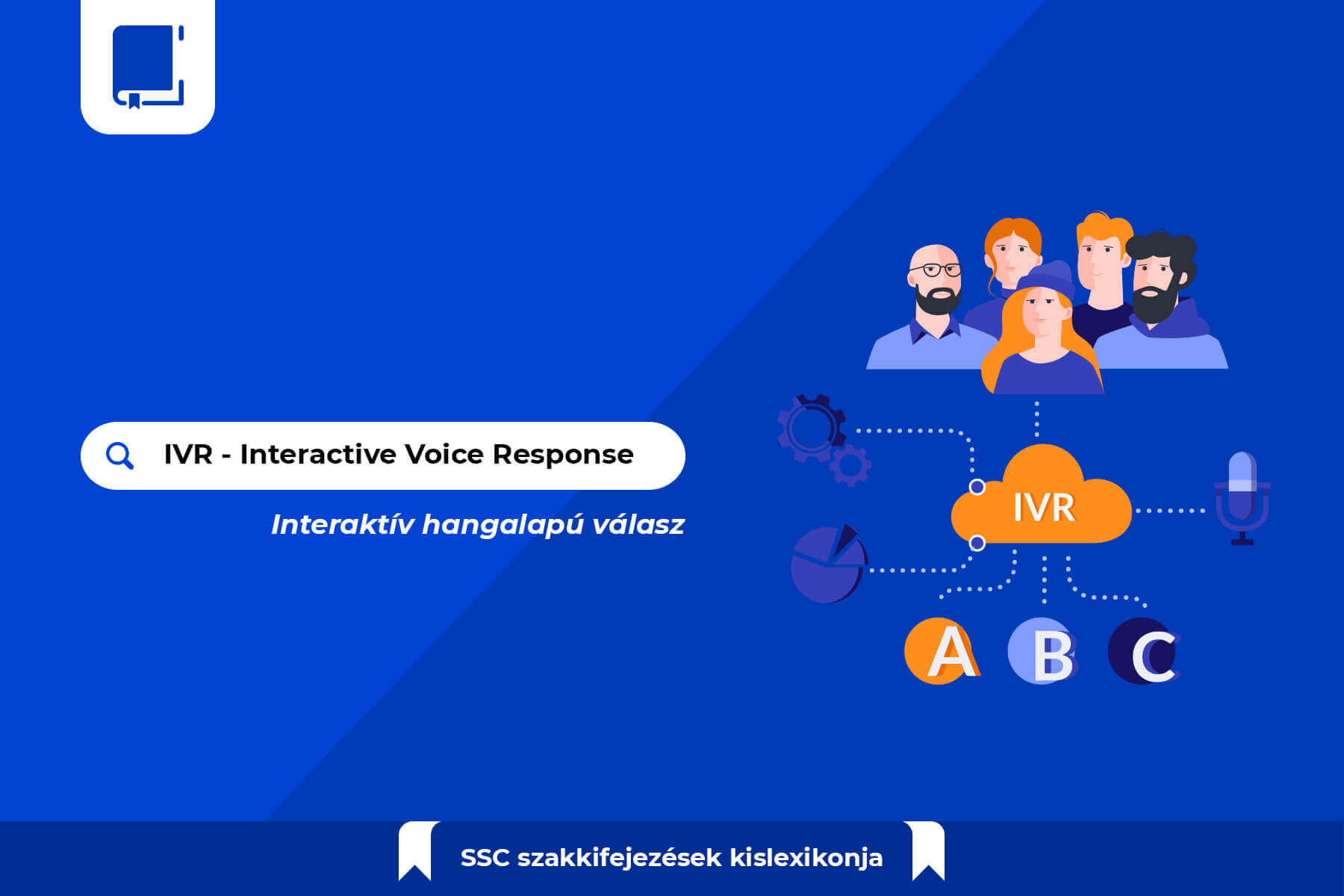
IVR
- Interactive Voice Response. A technology used by telephone customer services that enable customers to interact with a computerized telephone system by pressing buttons on the telephone and using associated DTMF tones or even speech recognition, and then receive information about products, services, or next steps in a process, for example, by means of dynamically generated pre-recorded voice messages. Networked IVR systems are usually scaled to handle large volumes of incoming calls, but can also be used for outgoing calls, as they are more intelligent than many predictive dialing systems. IVR systems can be used for mobile purchases, bank payments, services, retail orders, utility services, or travel information. The term is often confused with the term automatic telephone exchange. An important difference is that the primary purpose of an IVR is to receive incoming calls and process the results, whereas the primary purpose of an automated call centre is to transfer calls.
KPI
- Key Performance Indicator. Key performance indicators are the benchmarks that the contact centre providing the service must meet in the course of the cooperation.
L1, L2, L3 (and so on...)
- Operational and competency levels within contact centres and companies in general. The number of competency levels and their number varies by company and is individualised. In the case of banking services, L1 - Level 1 customer service level - could be a core customer support team that can be notified if, for example, you have been unable to withdraw money from an ATM. The first level of L1 customer service is to help the customer. If his or her level of competence is not enough to resolve the problem, he or she can escalate the call to an L2 customer service agent, who may have access to technical systems, and so on. The first or even second level of customer service is now automated in many companies, for example through chatbots or IVR systems.
live monitoring/whispering
- A software tool to help train operators during a campaign. A more experienced staff member - who may be a trainer, supervisor or an operator or mentor who has been working on a campaign for a longer period of time - can listen to ongoing phone conversations and give instructions to the operator without the customer hearing, or if necessary, join the call.
mentor
- Routine, experienced colleagues who help new operators and who are outstanding performers on a campaign. They typically assist newcomers, for example in the on-boarding process, where new operators can follow live call progress, or when they are making or receiving their first calls - this is where tools such as live monitoring/whispering come in.
mindset
- Way of thinking. The set of assumptions, methods or ideas held by one or more people or groups of people, whether defined in terms of a worldview or a philosophy of life. In a workplace context, it can mean a general attitude, a company philosophy and actions taken in accordance with it.
multiskill / shared model
- A way of working in a customer service environment that allows small or fluctuating campaigns to be served cost-effectively. Shared teams provide simultaneous customer service to multiple clients where the volume of incoming calls does not justify operators working full-time on a single client's customers. This maximises the use of staff time and, from the operator's point of view, reduces the monotony of daily work and increases the variety of tasks.
nesting
- In a customer service environment, nesting refers to the transitional phase when newly hired call centre agents have received basic training, have started taking calls, but are not yet fully settled in, and are in great need of feedback and guidance from more experienced colleagues. In a simpler way, it is a time of the first steps.
NLP
- Natural Language Processing. The field of science is aimed at understanding and processing human language using computer tools, with the mission of enabling machines to communicate with each other in natural languages. NLP is the process of converting free-form natural language text, such as analyses, into a uniform, structured structure that machines can understand. NLP ensures that machines are able to process large amounts of natural language data, to gain insights and information.
NPS
- Net Promoter Score. A measure of customer loyalty and satisfaction, measured on a scale of 0 to 10 by interviewing customers, where the basic question is how likely a customer is to recommend a company's product or service to others.
omnichannel
- Multichannel communication with customers. In a contact centre environment, for example, an airline passenger can book a ticket by phone, email, or even chatbot. Other elements of the omnichannel can be the company's social networking sites, online publishing platforms, in fact, anything that allows customers to interact.
on-demand service
- A service agreement where the customer does not pay a unit price for the period of cooperation to the contact centre, but is charged a commission fee based on the time spent on the call. It is mainly recommended for customers where, for example, there is a high fluctuation between peak and off-peak periods, either on a daily or seasonal basis.
operator
- Agent. A customer service agent who communicates directly, by telephone, or other means as defined in the cooperation with the client's customers.
outbound
- Outbound call. An outbound campaign is any collaboration where the customer service agent initiates contact with customers by telephone or any electronic channel. Examples include sales and lead generation campaigns, which may sometimes be part of a collaboration based on a typical inbound campaign, such as seasonal, special offers sold by customer service agents.
PCI DSS standard
- Payment Card Industry Security Standards Council. Data security standard, which sets out rules for the secure handling of bank card data. It applies to all market participants, including contact centres partnering with financial institutions, who store, process, or transmit confidential card data.
predictive dialing
- An almost indispensable feature of the telephone software used by contact centres, the system automatically initiates telephone calls without the operator's intervention. Predictive dialing software can call several numbers at the same time and transfer the calls to the operator who is available. This dramatically increases efficiency and staff time on the phone, which is particularly important in a poll or an outbound sales campaign, for example, where the maximum number of calls needs to be made during the interaction.
progressive dialing
- Progressive dialing is a kind of intermediate solution between operator-initiated calling and predictive mode. In this case, the telephone software waits for the customer service agent to finish the previous call and then dials the next number, making only one call automatically in a quasi-linear progression, as opposed to the predictive mode, which makes several calls simultaneously to all the salespeople working on a given campaign.
QA
- Quality assurance. The prevention of defects or deficiencies in the products manufactured or services provided, or the avoidance of potential problems when products or services are delivered to customers.
ROI
- Return of Investment. A performance indicator is used to evaluate the efficiency, profitability, or effectiveness of an investment or to compare the effectiveness of several different investments. ROI attempts to measure directly the amount of return on an investment relative to the cost of the investment. To calculate it, the benefit or return on investment is divided by the cost of the investment. The result is expressed as a percentage or ratio.
reporting
- Exporting, evaluating, and feeding back to clients the data collected during a campaign or project. This activity is usually carried out by a separate team within the client service company.
script
- A prewritten text for operators in a customer service environment that summarises the script of calls made in a given campaign, from introduction to goodbye. The software used by customer services guides the operator through the script during the call, making the job easier by keeping all potentially relevant chapters of the conversation in mind. This ensures, for example, that no important question is left unanswered during a poll or database update.
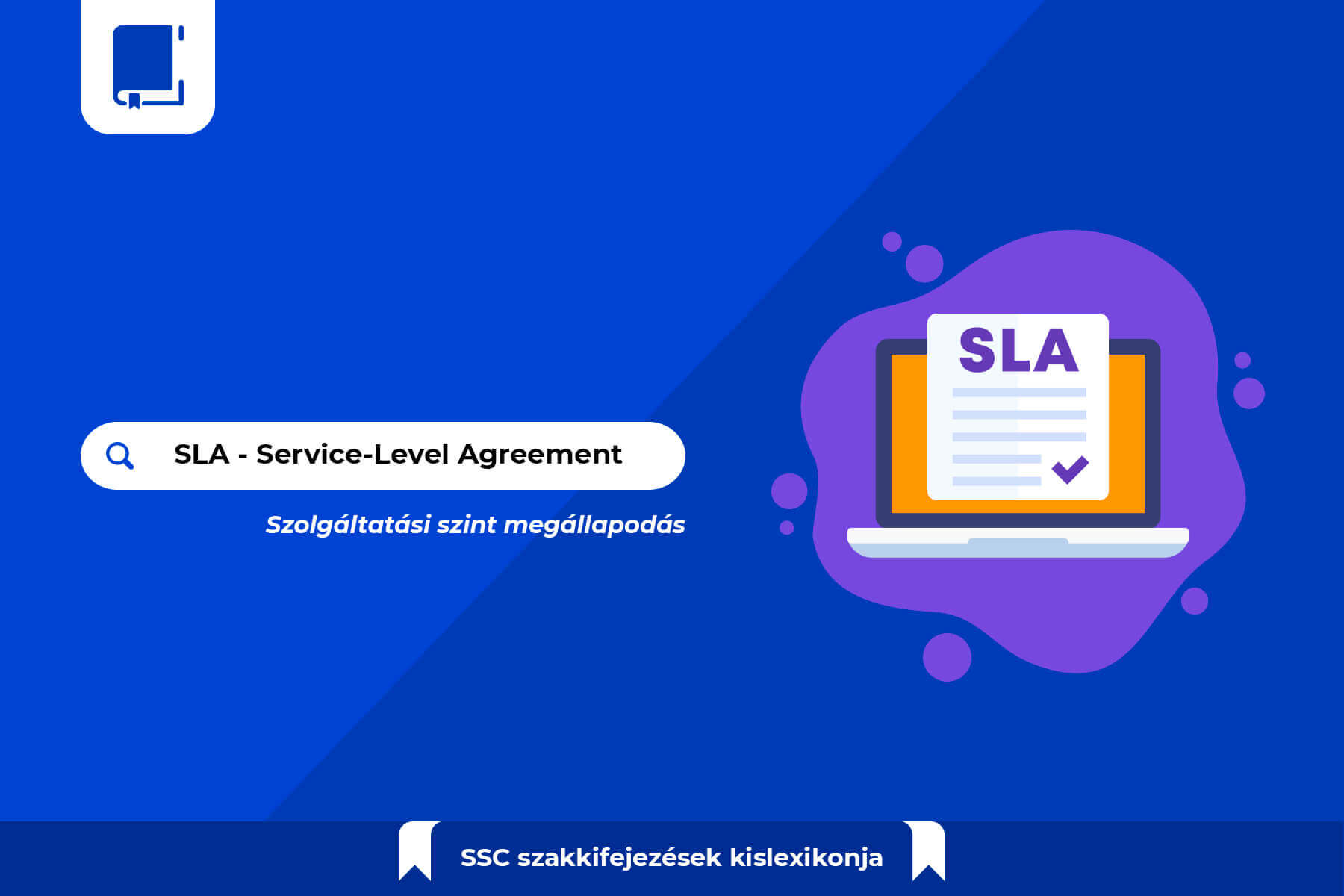
SLA
- Service Level Agreement. A contract between a client and a service provider defines the cornerstones of a particular service in terms of quality, availability and the provider's responsibilities. In customer support, a service-level agreement usually specifies how quickly the provider should respond to a customer's service request or how many minutes the ideal duration of a telephone call should be.
SSC
- Shared Services Centre, a form of outsourcing. It involves the client outsourcing to a specialized company some of the processes that are not directly related to its activities, such as finance, HR, IT services, facilities, logistics, administration, sales, or customer service. SSC services can bring benefits such as reduced costs of decentralization, increased quality and professionalism of business support processes, greater strategic flexibility, and reduced costs of support services, which according to industry benchmarks can average 50% and in some cases up to 70%.
soft skill
- An employee's non-technical, interpersonal skills, such as communication skills, empathy, ability to transfer knowledge and experience, problem-solving, team player attitude.
supervisor
- Campaign coordinator. The staff member or team leader who manages the teams of operators, organizes, coordinates, and supervises the tasks related to each campaign and ensures that it is served to the required standard.
SV
- Service Value. The market value of a service is the price paid for the service in a given market environment. The price is influenced by a number of factors, including past amounts, competition, costs, or, in the case of a new service, the price of a service that is being phased out.
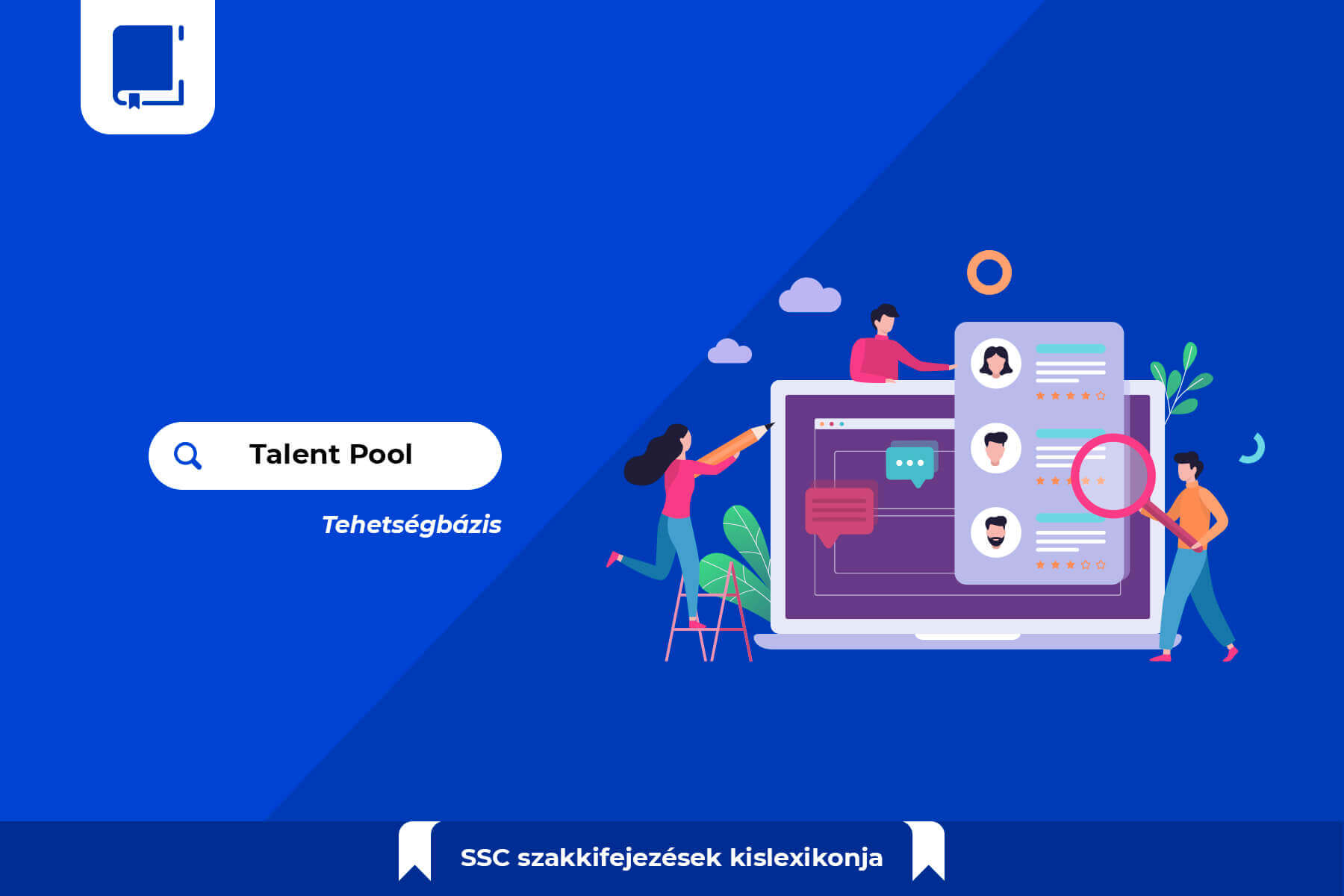
talent pool
- The pool of potential employees available in a given field with the skills and qualifications required for a given position, or the database that registers them - which is theoretically infinite when you're talking about a non-local, home-based, multilingual contact centre.
training and quality associate
- Staff responsible for organizing training, quality assurance, and development in these areas within contact centres.
train the trainer
- A common training method in BPO customer service collaborations. The client passes on the knowledge required to provide customer service to a trainer, mentor, or team leader in the contact centre, training him or her in a quasi-comprehensive manner to solve the possible tasks, so that he or she can later train the operators working on the campaign.
ticketing
- A ticketing-based case tracking system. It is mainly used for complex, cross-cutting services where it is important that all reported problems can be tracked and resolved in a timely and appropriate manner by the staff responsible for the task. Ticketing systems serve, for example, IT fault reporting within larger companies. An error ticket is generated from the messages received on a dedicated platform and registered by the ticketing system. The error ticket is opened by the administrator and either delegate the task or handles the problem.
voice analysis
- In a customer service environment, the analysis of recorded calls, voice materials and the tools used to do this can play an important role in quality assurance. They can be used to detect, for example, the use of forbidden language in campaigns or inappropriate communication.
voice bot
- Voice robots that provide a simplified simulation of a call with a live operator. Artificial intelligence-based software that allows a caller to navigate an interactive voice response (IVR) system by voice, usually in natural language, without listening to menus or navigating by dialing numbers on the phone keypad.
WFM
- Workforce Management. A set of integrated processes that a company uses to optimize workflow and employee productivity. It includes the effective forecasting of workforce needs and the development and management of staff schedules to meet current tasks
Our dictionary is constantly growing, so keep an eye out for updates!

 Magyar
Magyar Deutsch
Deutsch Italiano
Italiano Español
Español Français
Français